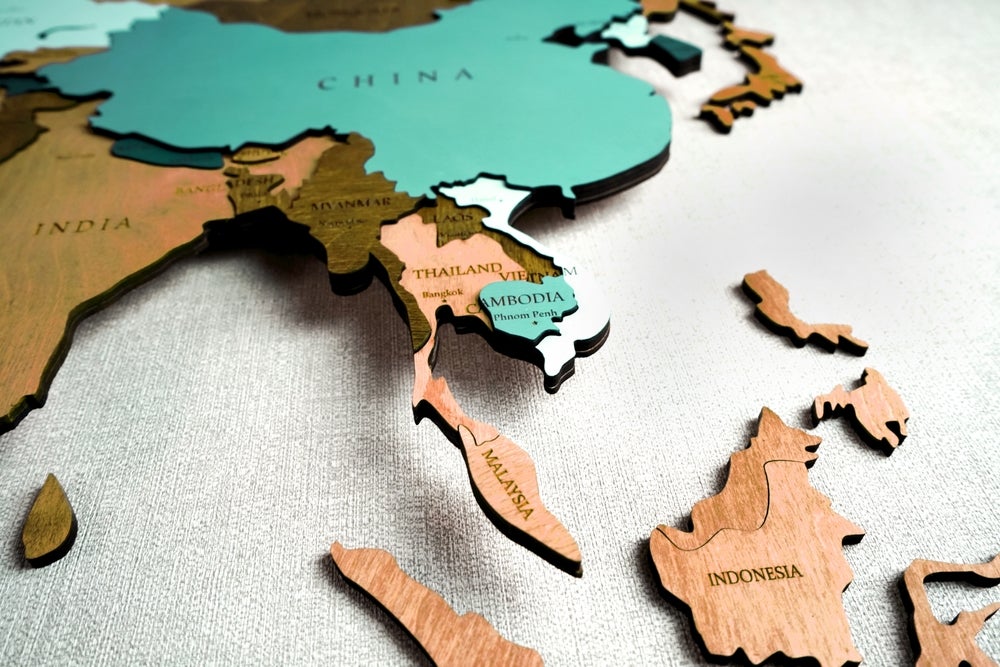
The macro picture is expected to be one of modest growth in 2024 largely on par with 2023 levels. That is the key takeaway of the Mastercard Economics Institute report: Economic Outlook: Balancing Prices & Priorities.
There are a number of bright spots and watchouts that will define global growth. While there is no one-size-fits-all story for the Asia Pacific region, economies will continue to stabilise. Specifically, key drivers of growth, like exports and tourism, will edge closer to pre-pandemic norms.
Drilling down into individual economies, growth expectations are mixed across the region.
On one end of the spectrum, Singapore, Malaysia, the Philippines, Thailand, Taiwan, and South Korea should see upticks. But slowdowns are anticipated in Australia, the Chinese Mainland, Japan and New Zealand. India and Indonesia are expected to hold largely steady at 2023 levels.
Anticipated spend shifts
Asia Pacific consumers should be able to allocate a larger share of wallet to discretionary spend including travel and entertainment. This is in comparison to 2022-2023, years marked by high inflation. This caused essentials (or ‘needs’) like groceries and fuel to take up a larger percentage of household budgets. As a result, less money was left over for ‘wants’ or extras.
2024 is set to be a year of recalibration as consumers rebalance their wallets
Mastercard’s data shows that people remain eager to travel and dine out. However, levels vary from market to market. David Mann, Chief Economist, Asia Pacific, Mastercard, said: “Amidst this disorienting global backdrop, the Mastercard Economics Institute helps clients to translate macroeconomic forces down to the country, category, and even company levels, in addition to counselling on possible scenarios and the implications they would have on demand.”

US Tariffs are shifting - will you react or anticipate?
Don’t let policy changes catch you off guard. Stay proactive with real-time data and expert analysis.
By GlobalDataSignifying another shift in demand, consumers are expected to spend more on goods than they did in 2023. This marks the start of a new cycle. This will see growth rates for goods rebounding to pre-pandemic levels, reversing the 2022-2023 trend that saw consumers prioritising key ‘out-and-about’ services such as dining and ‘revenge’ travel as economies re-opened post-pandemic.
Rising demand for goods, including household items and clothing, is also expected to resuscitate the Asia Pacific manufacturing sector. This also plays a crucial role in the global economy. This shift will drive a convergence in performance between the manufacturing and services sectors in the region which trended in opposite directions as manufacturing lagged and services boomed in 2023.
The China story
The headline for 2024 will be a further recovery of Chinese outbound travel. The addition of more countries to China’s approved list for group travel, which typically have less stringent visa restrictions compared to individual travel, will continue to support overseas tourism spending. The recovery of specific corridors will hinge on the authorities’ prioritisation of flight capacity allocation. While Southeast Asia destinations such as Singapore, Malaysia, Vietnam and Thailand were early outperformers in 2023, it is expected that destinations in Northeast Asia, North America and Europe should catch up in 2024.
“The recovery in China’s outbound spending will continue to be closely watched,” added Mann. “Pre-pandemic, tourists from the Chinese Mainland focused heavily on shopping, particularly for luxury goods, when traveling internationally. Post-pandemic, spending on experiences such as entertainment and dining have seen a stronger recovery among early travellers out of the Chinese Mainland. This shift in travel spending priorities suggests that tourism authorities and retailers globally may have to adapt their strategies to maintain their appeal to Chinese visitors.”







